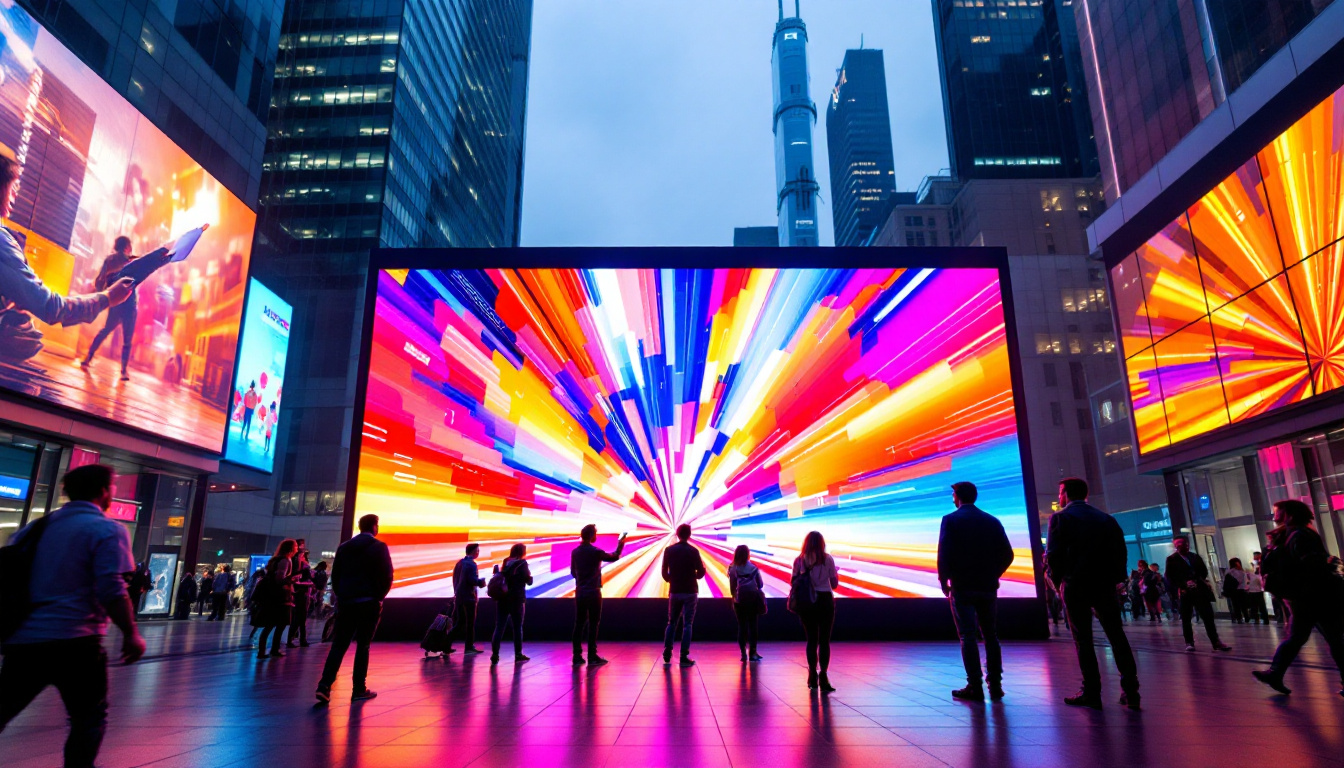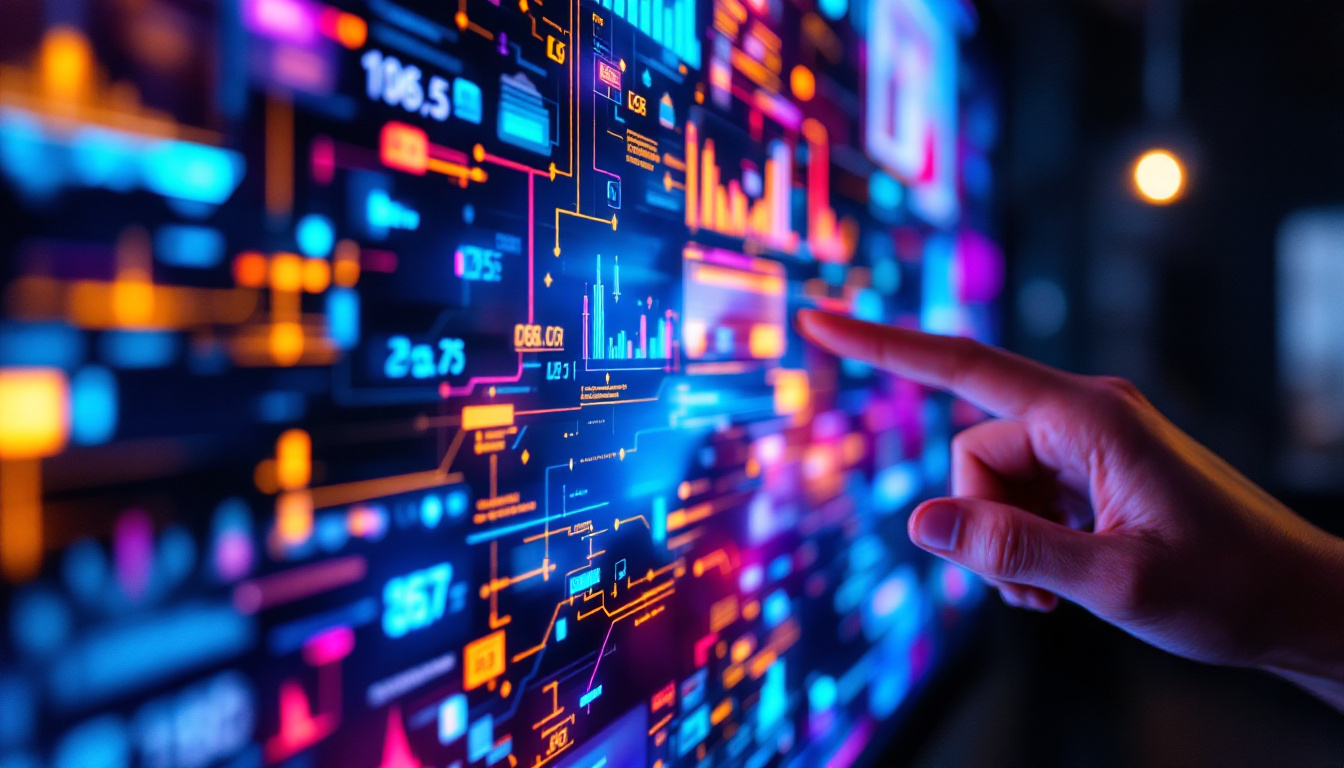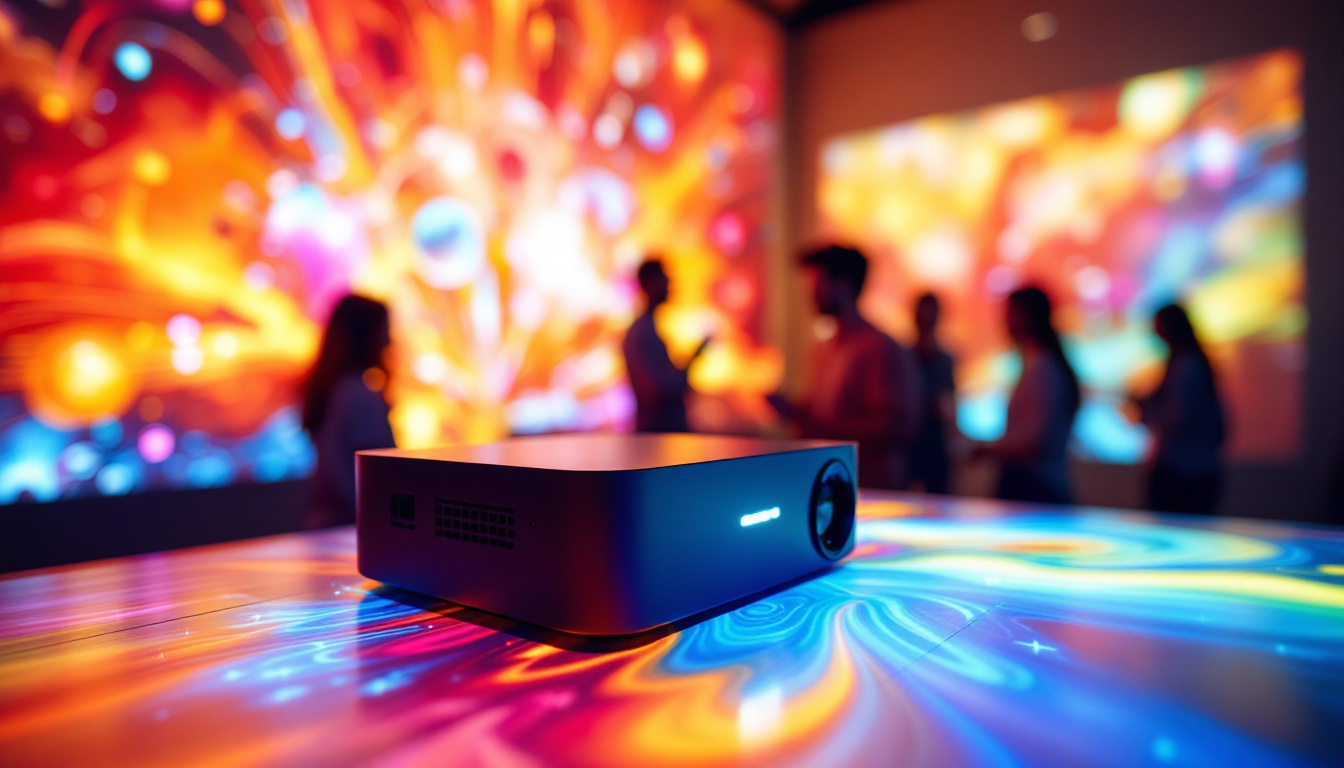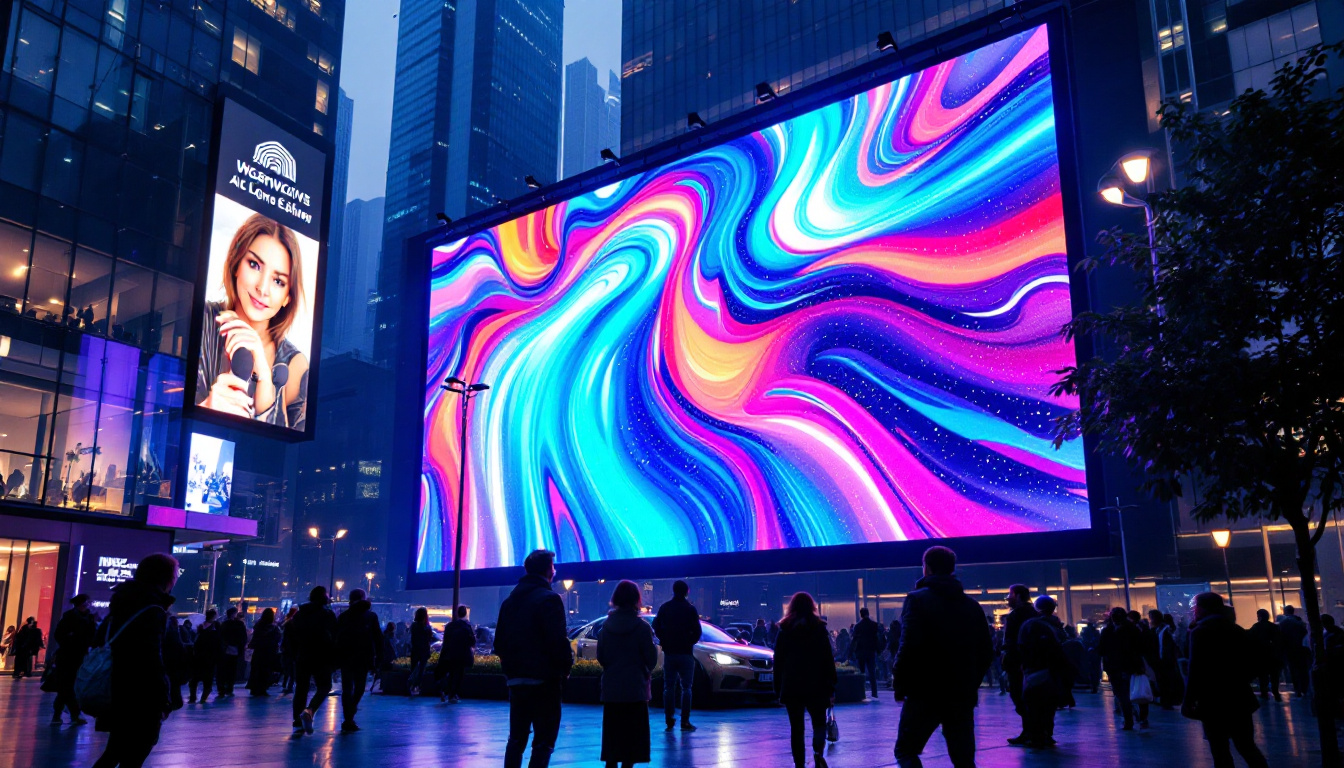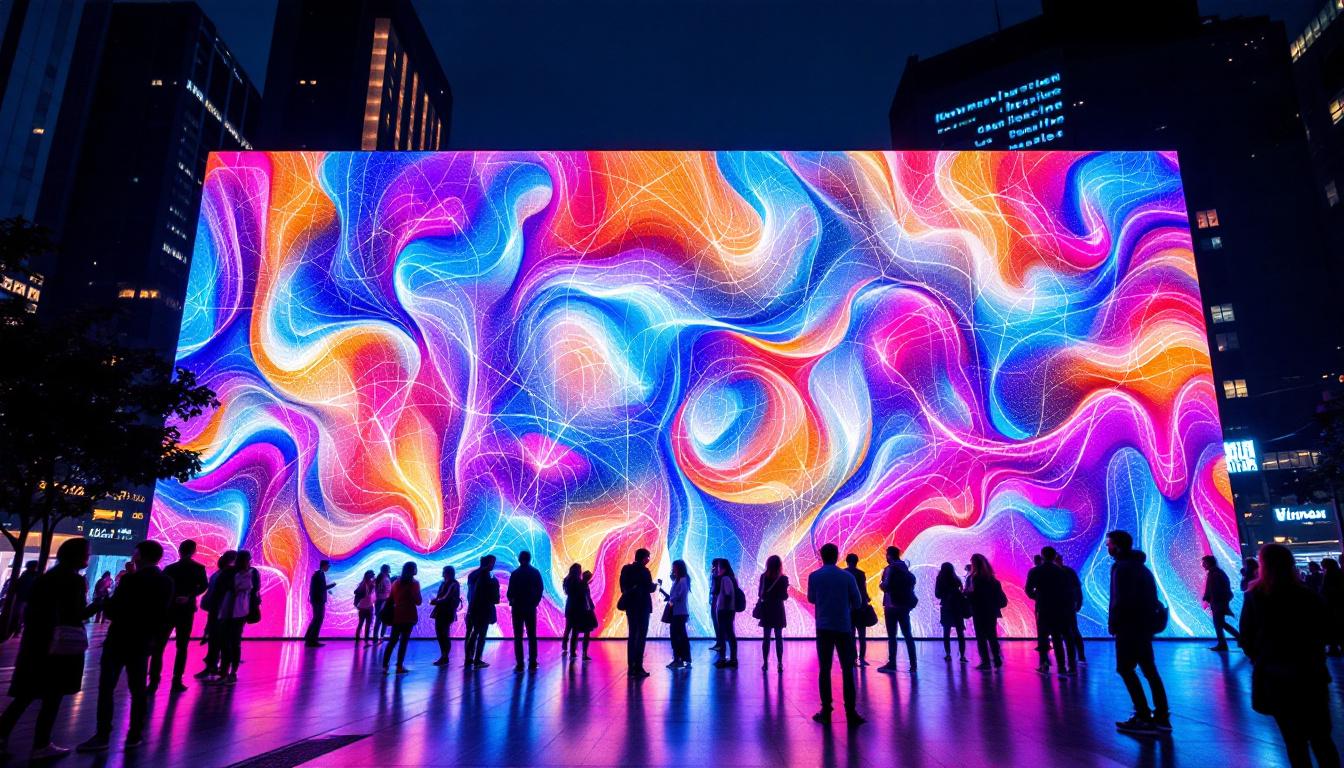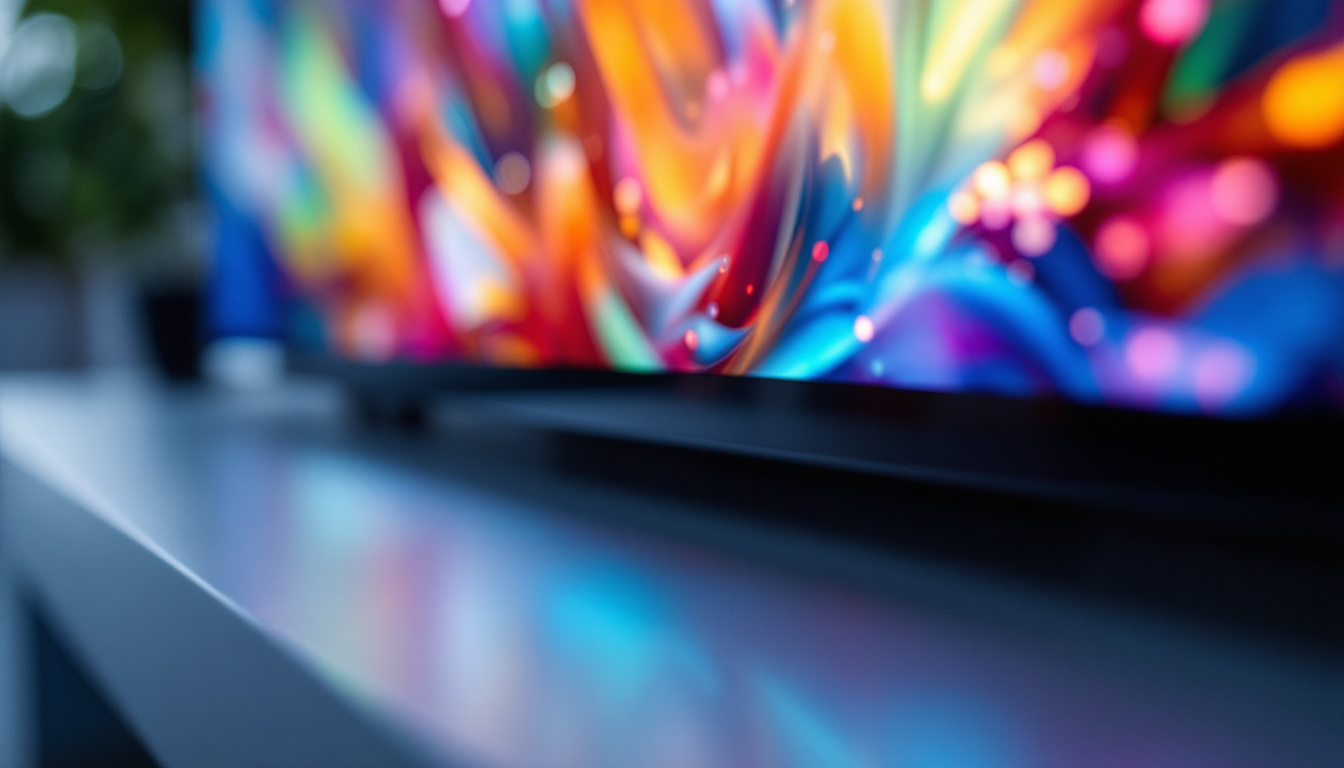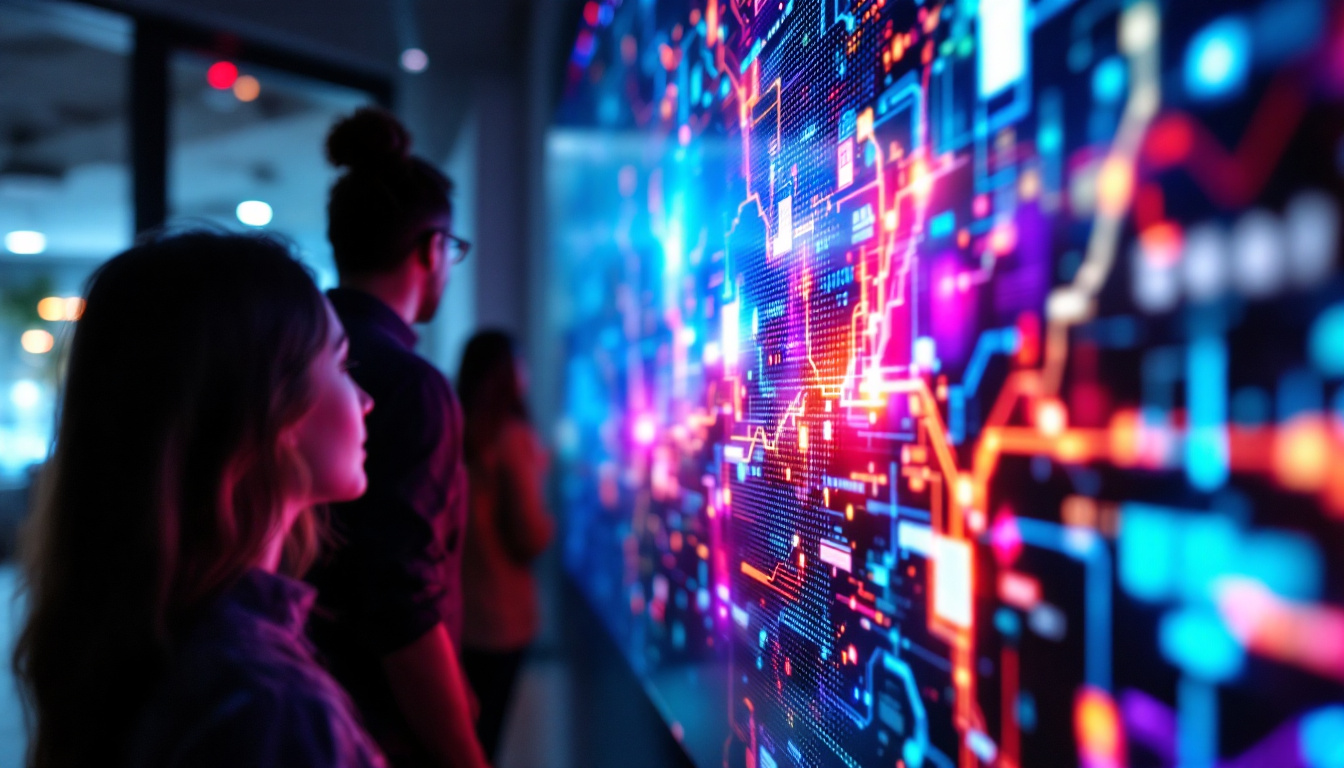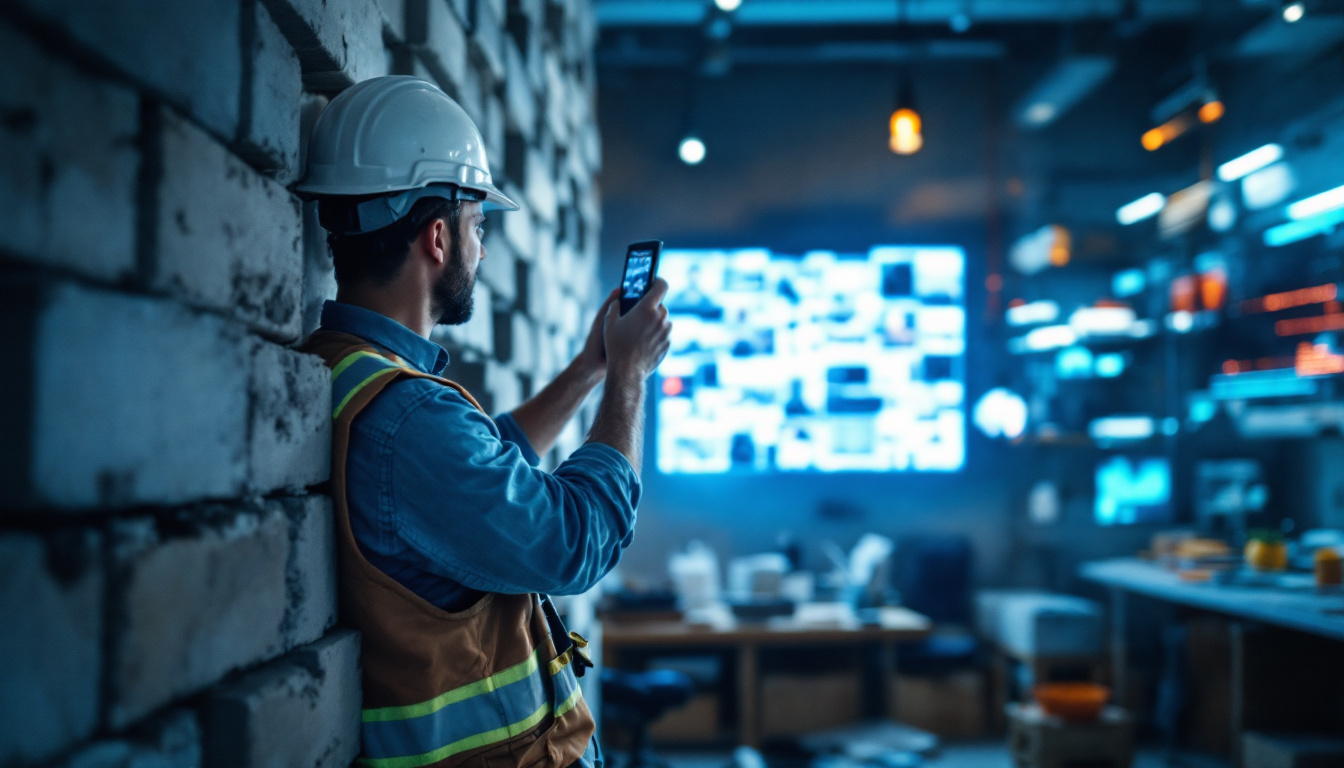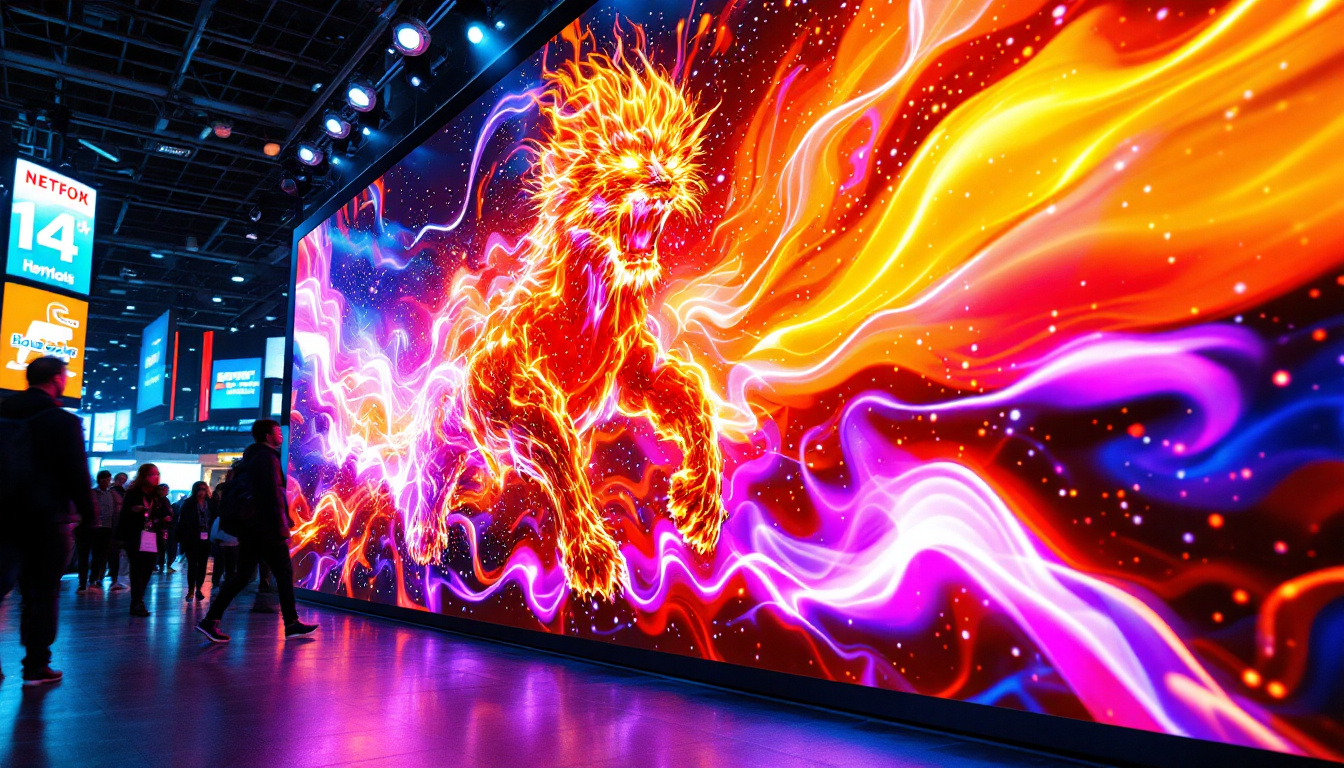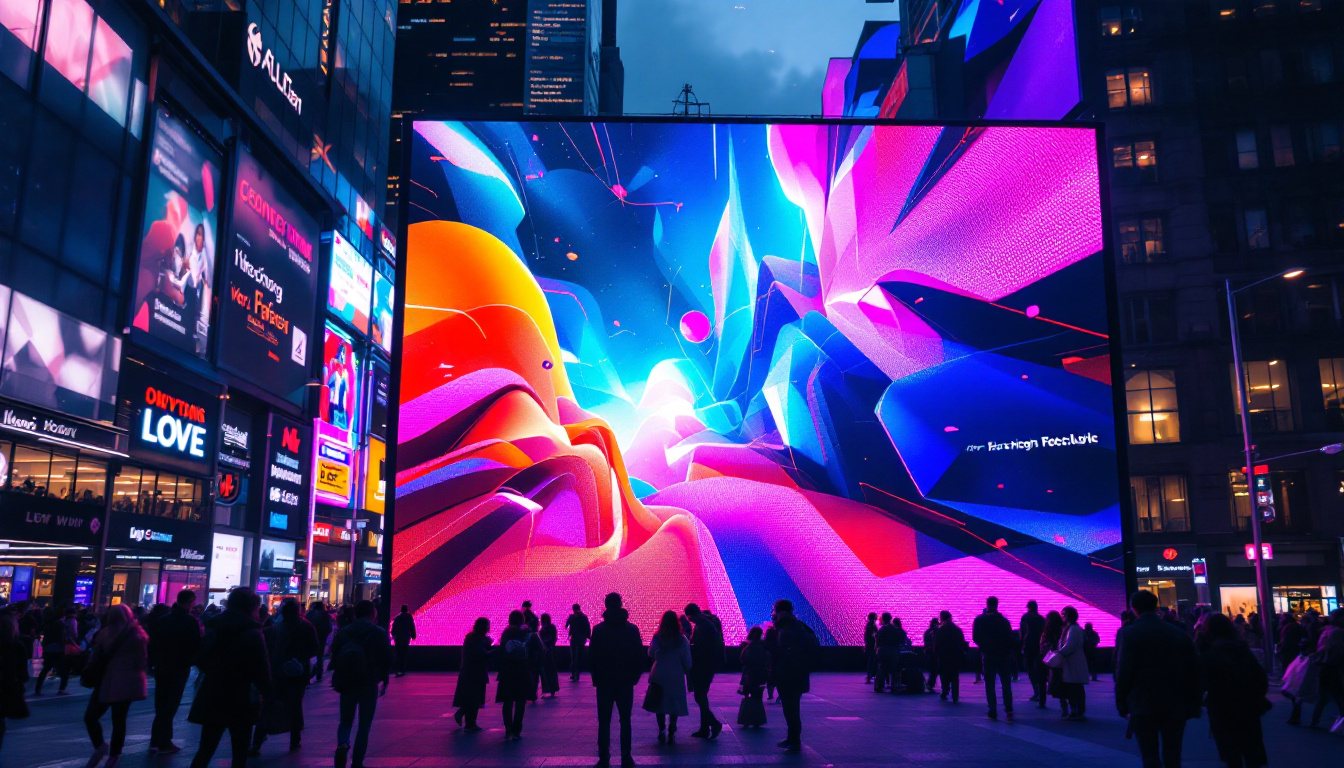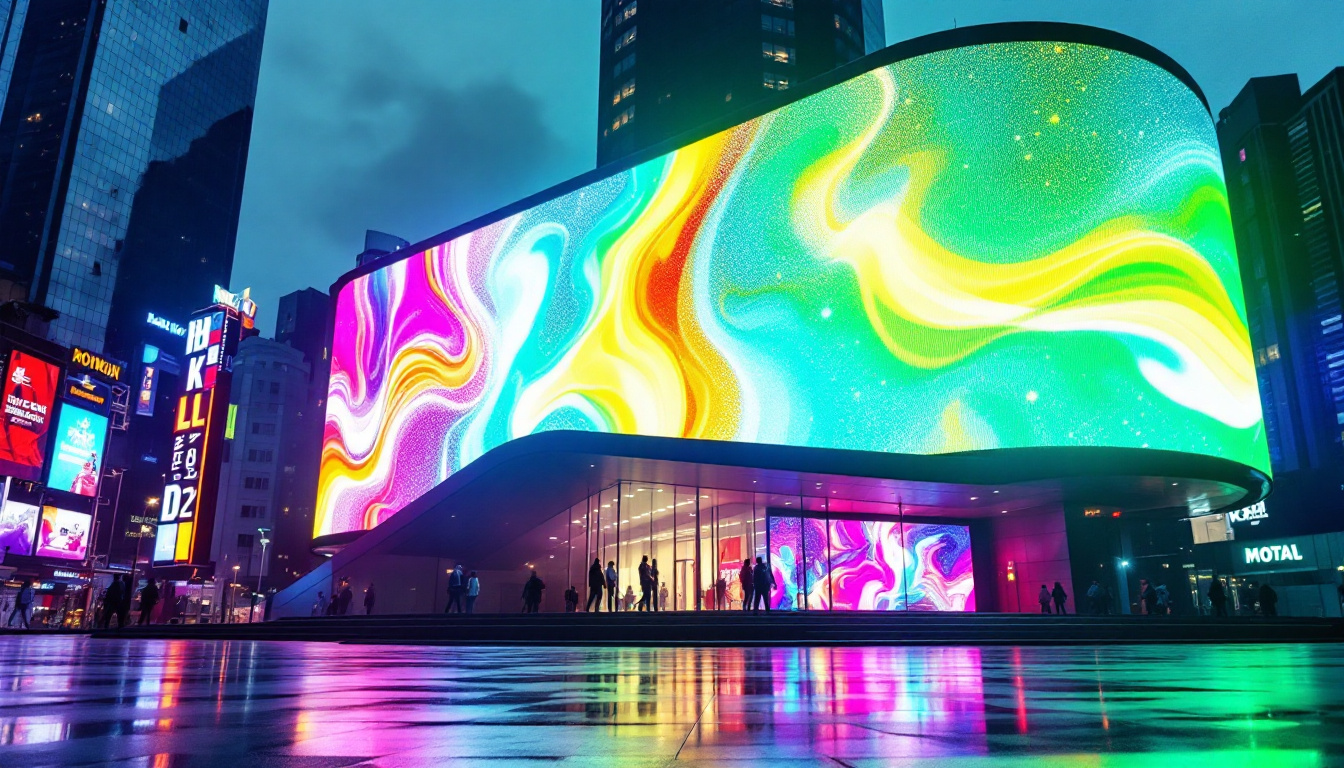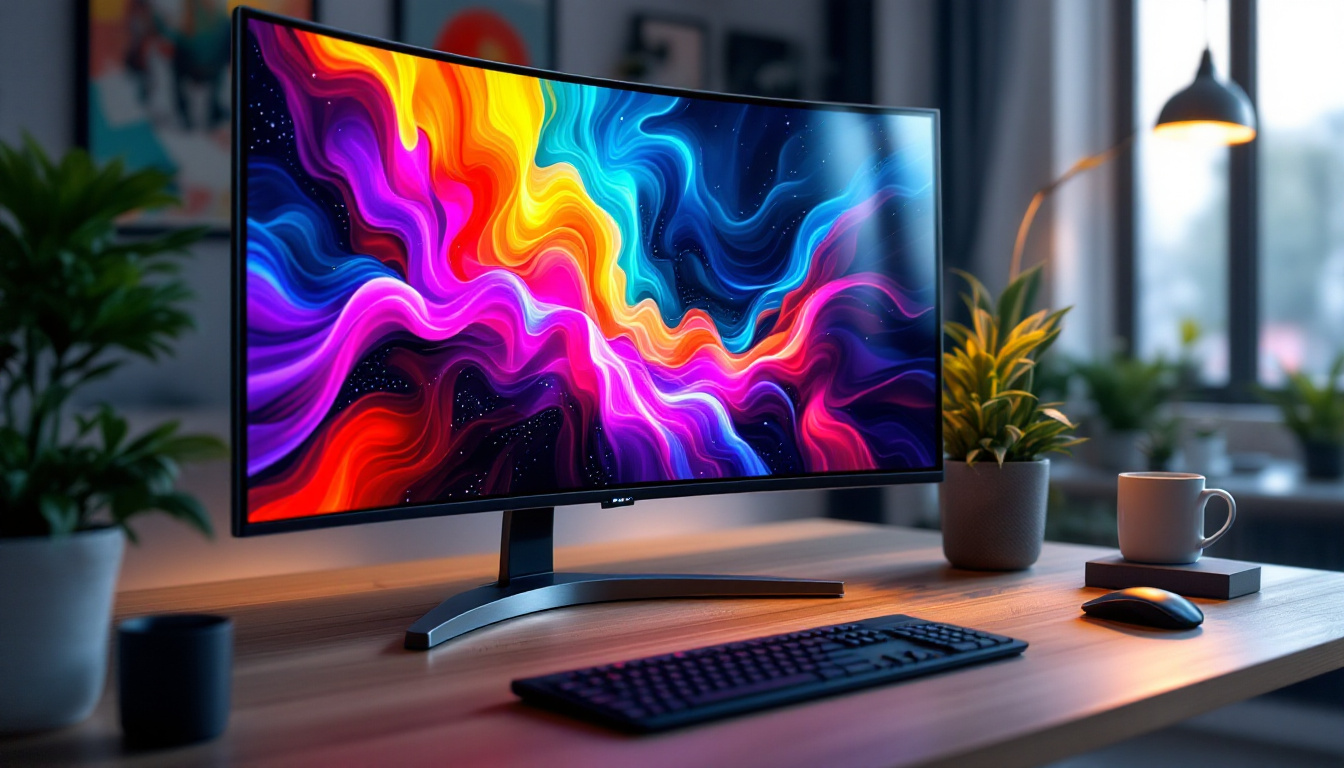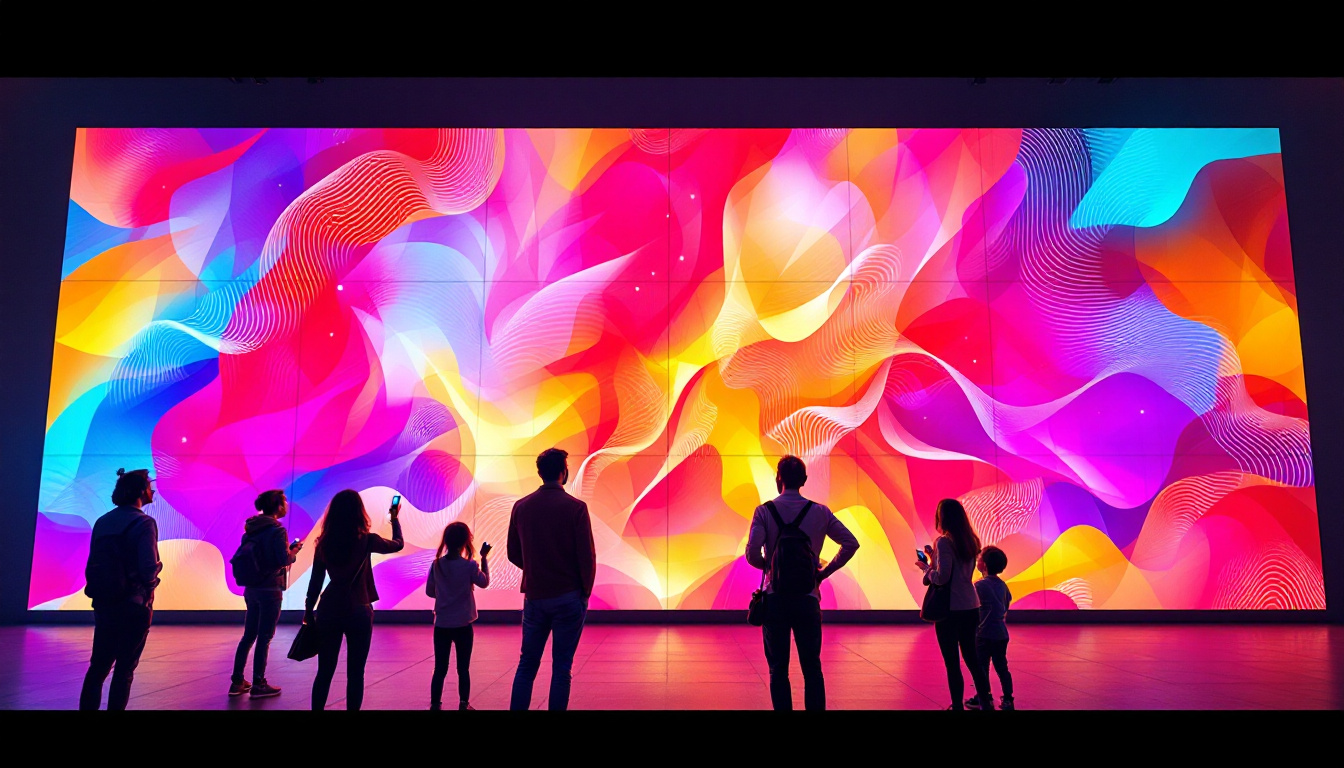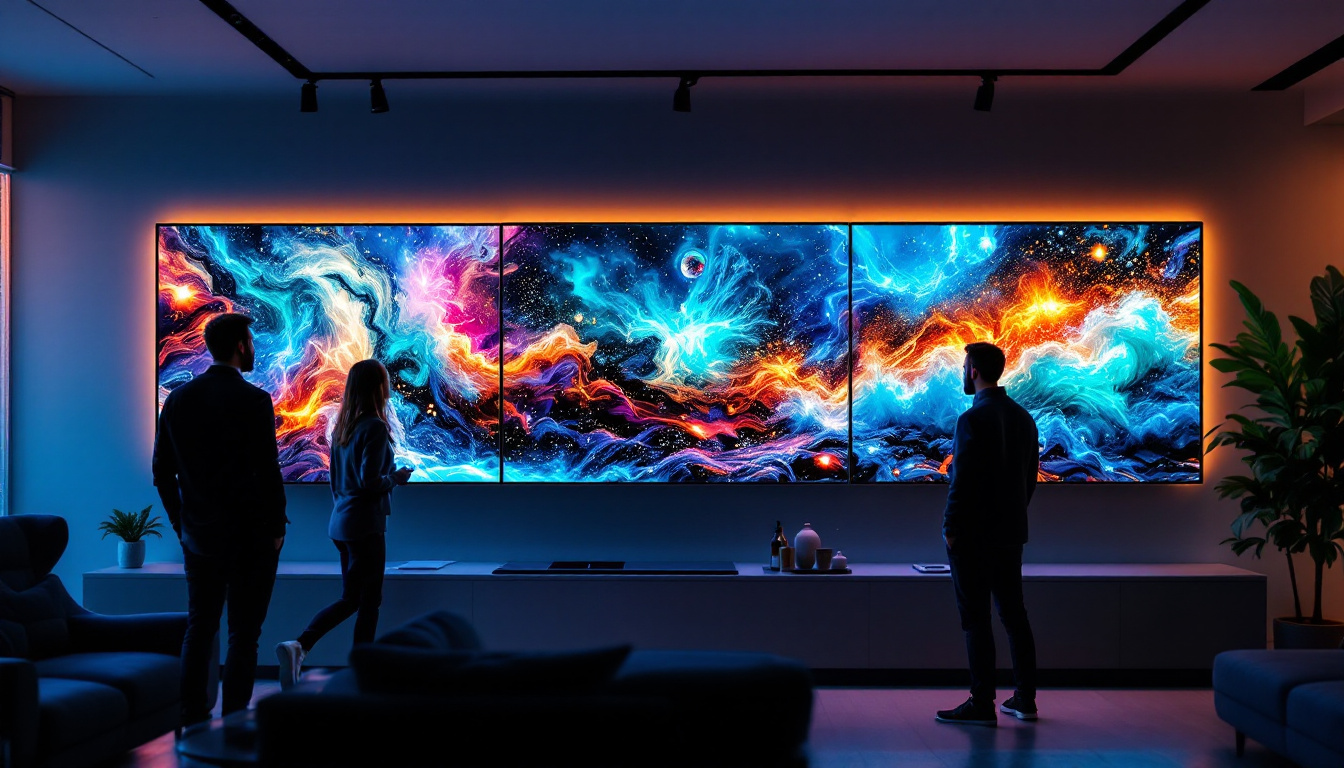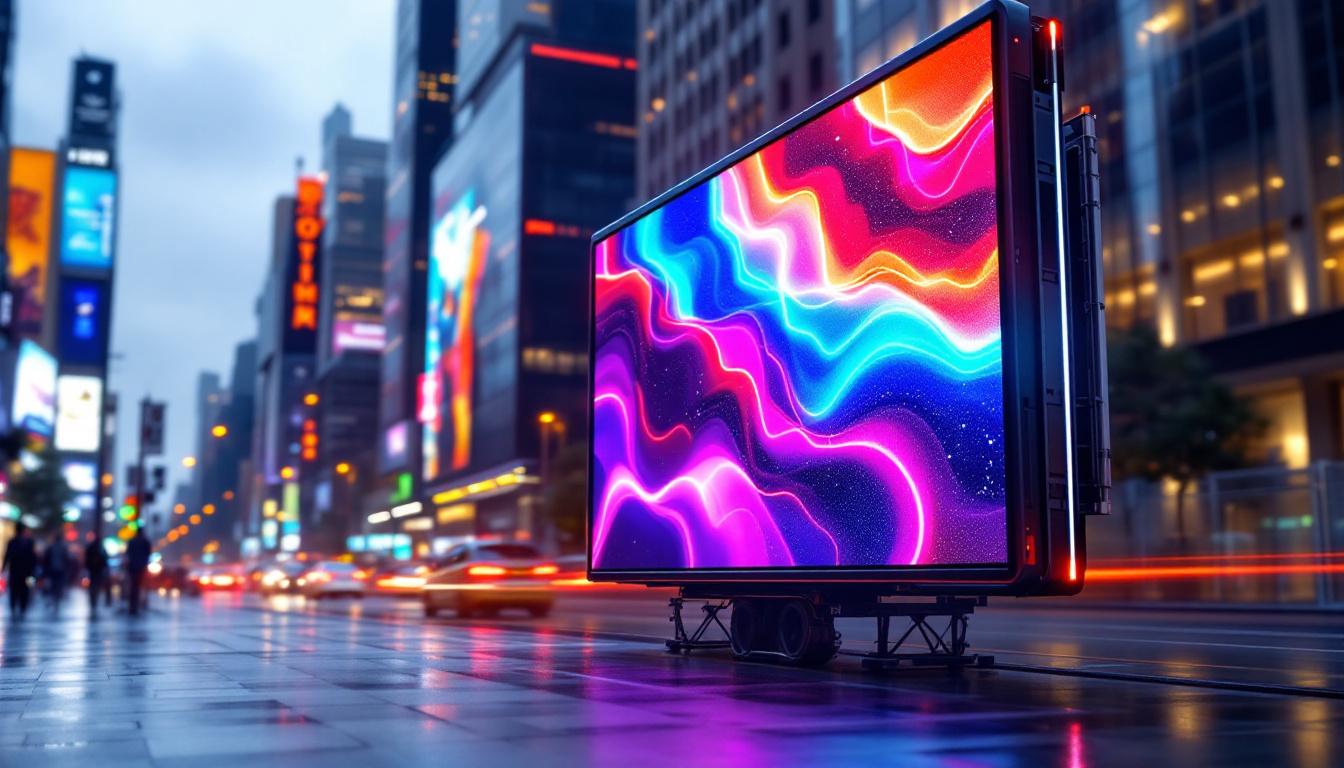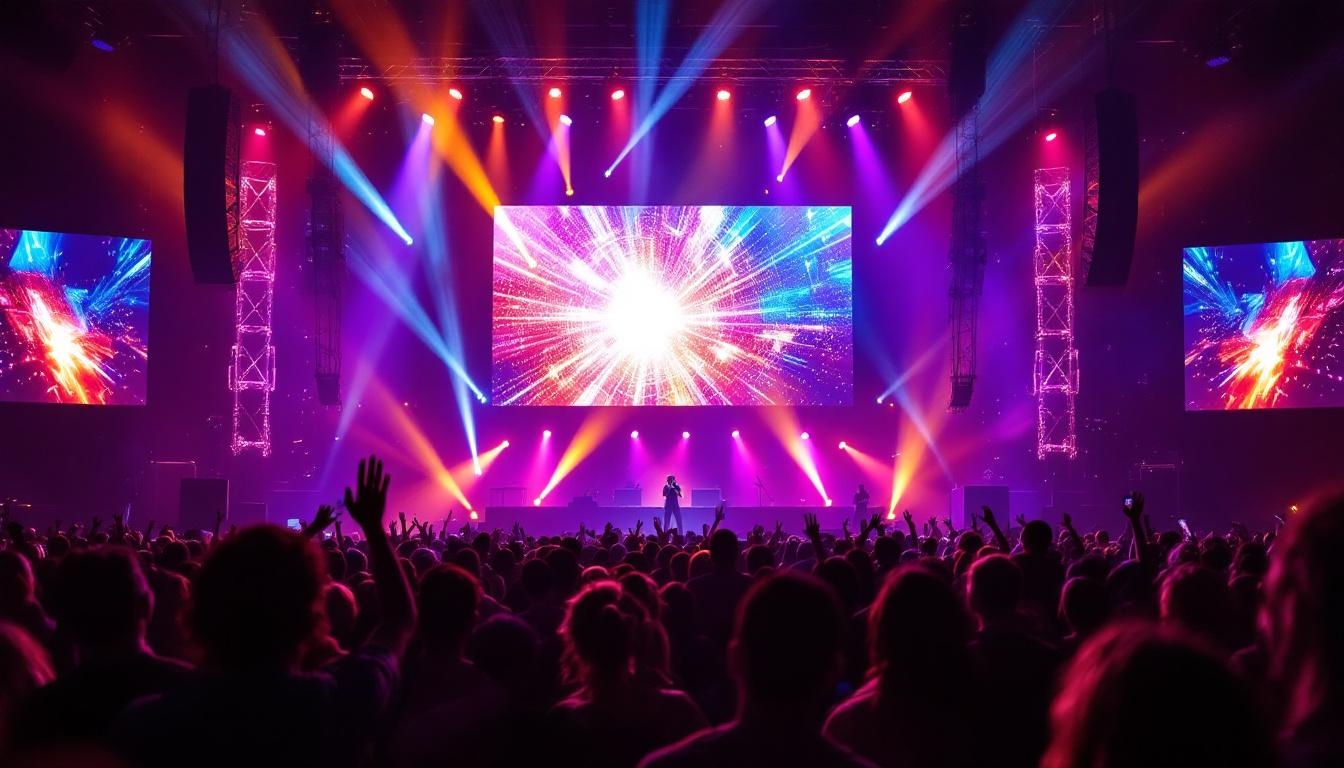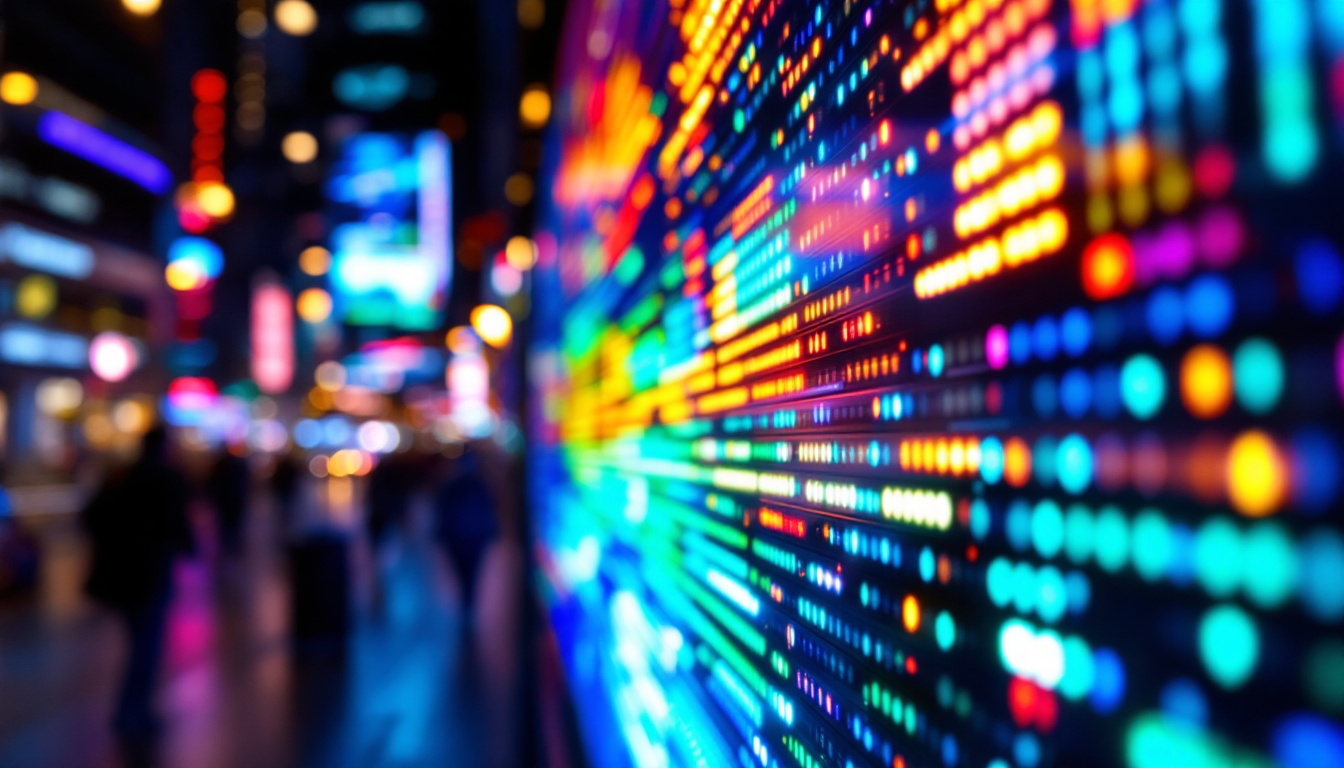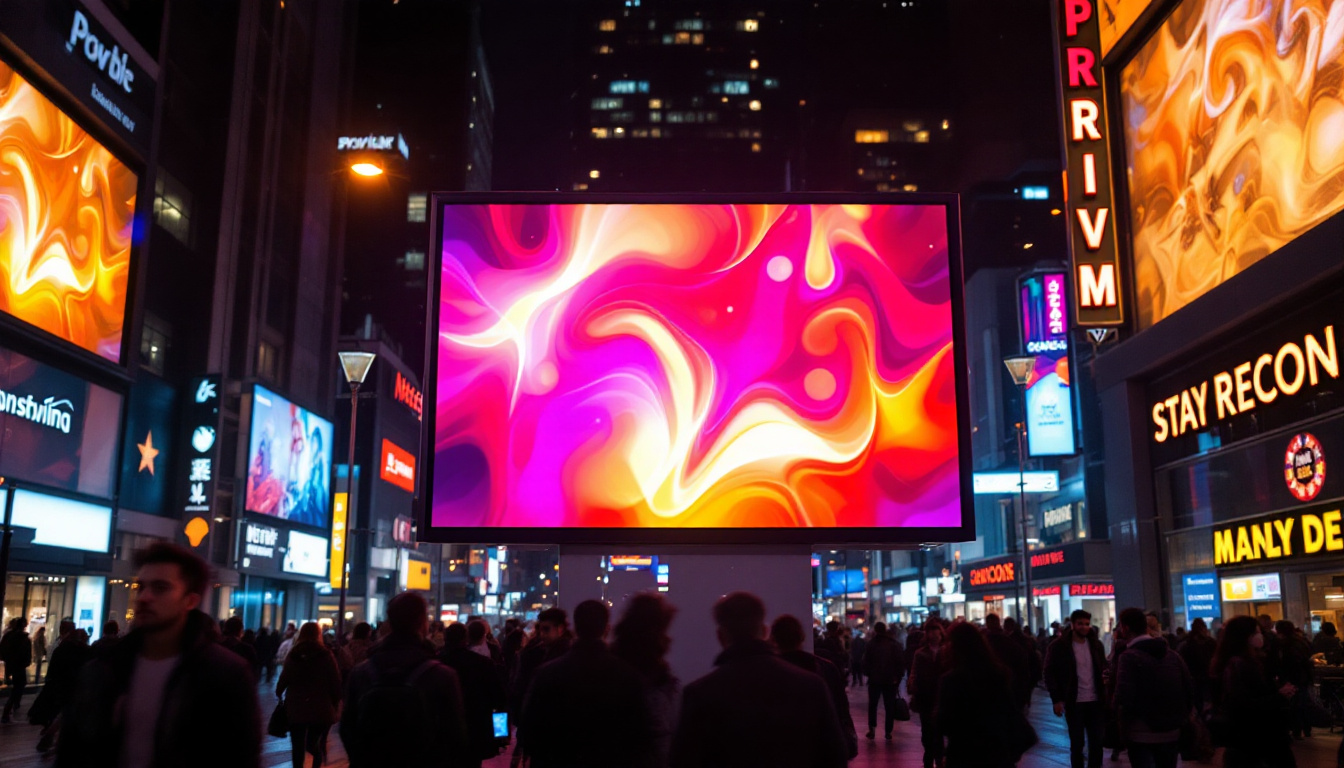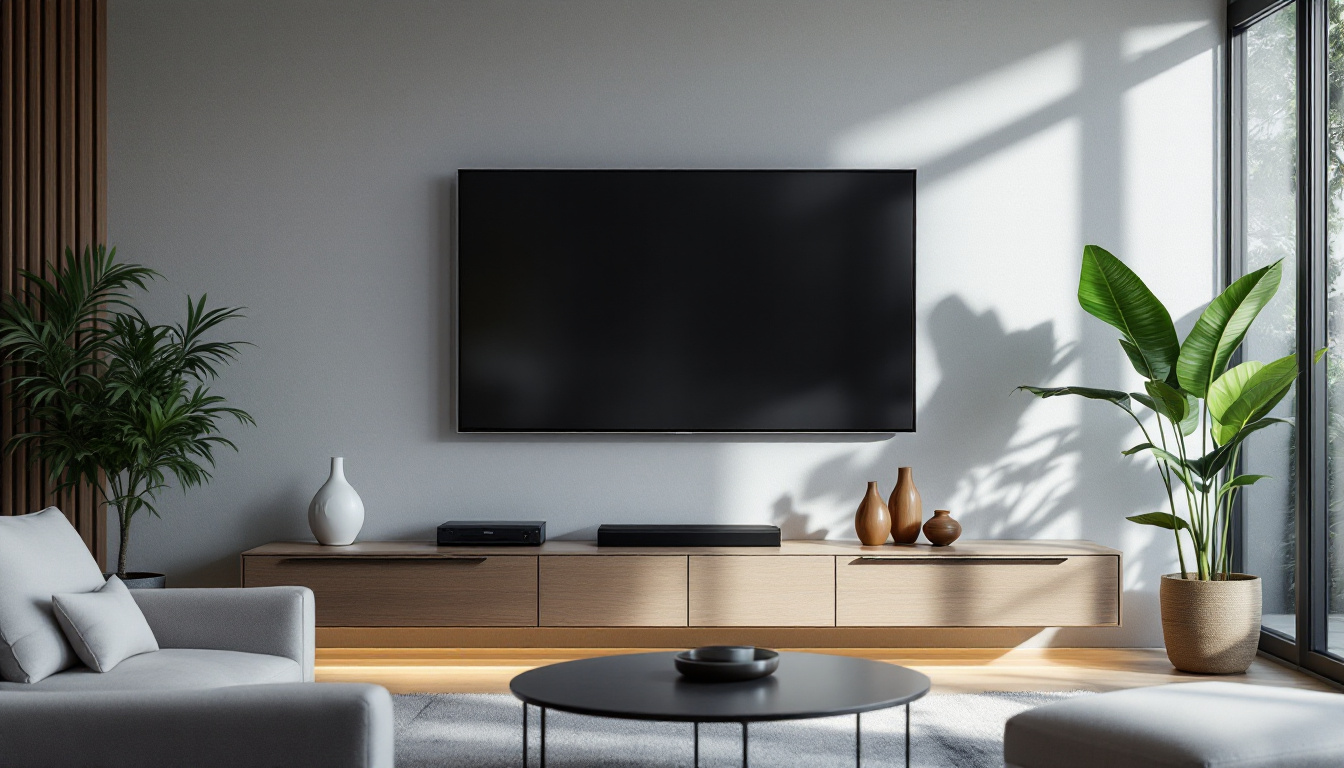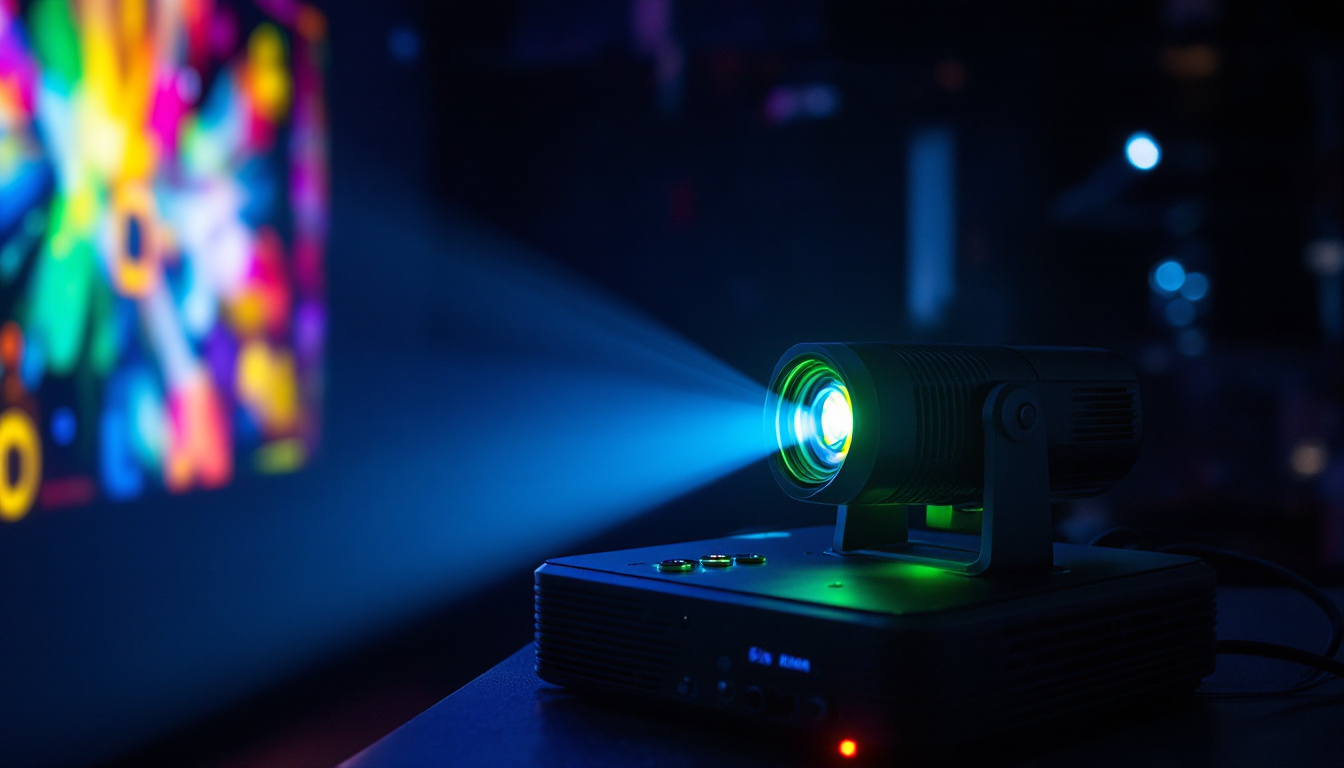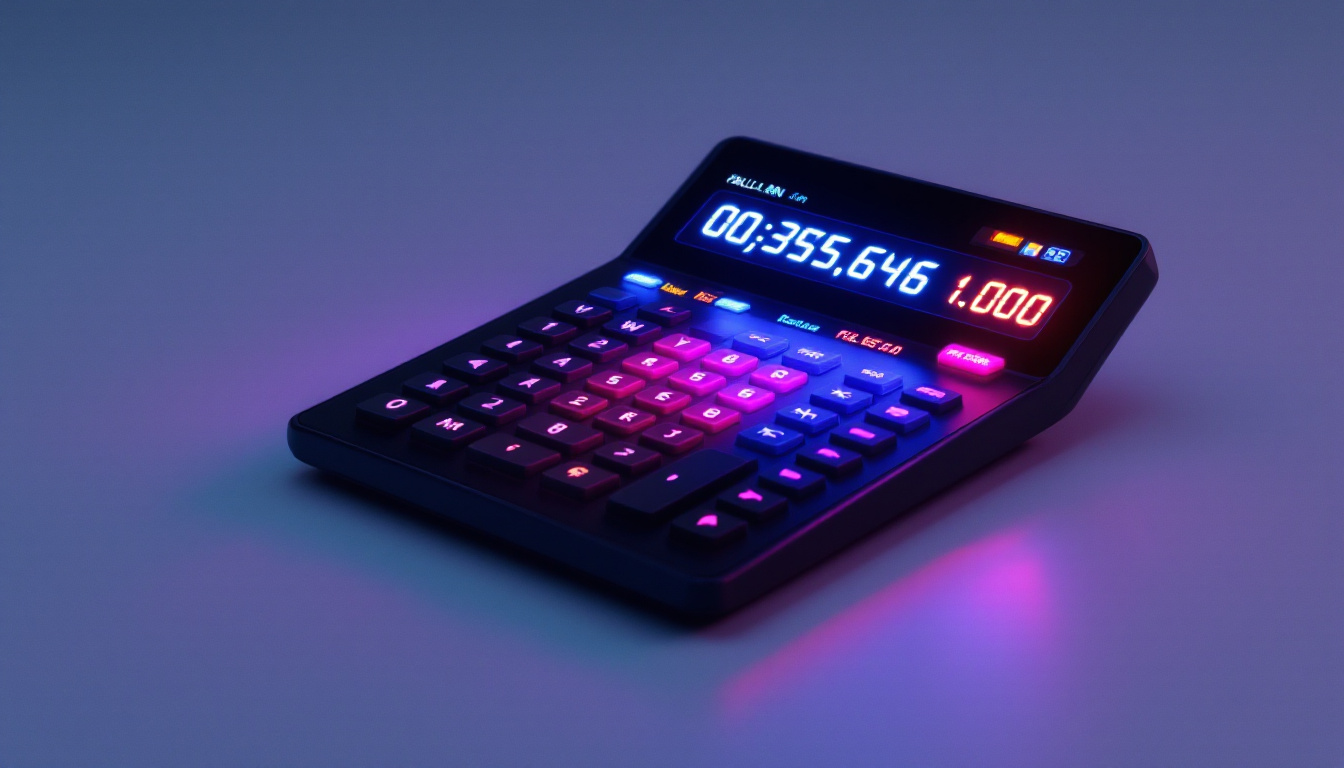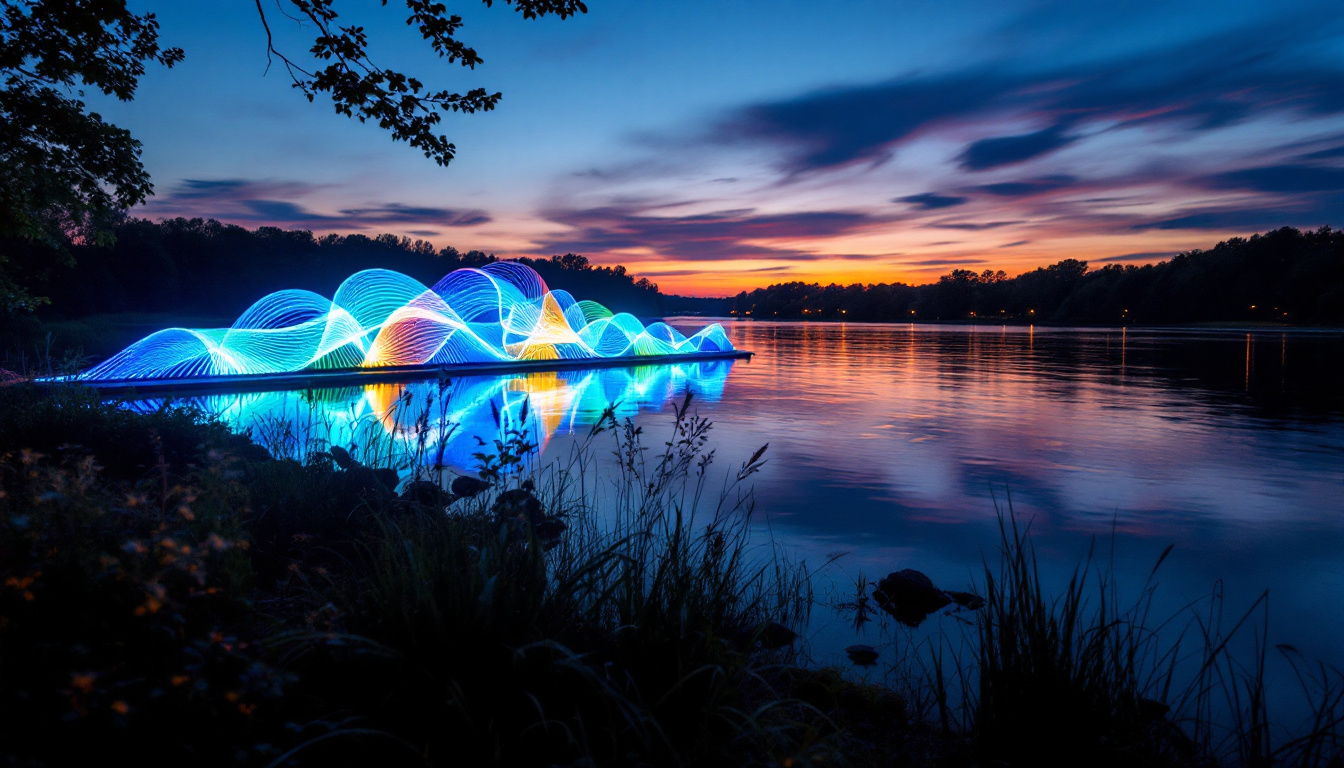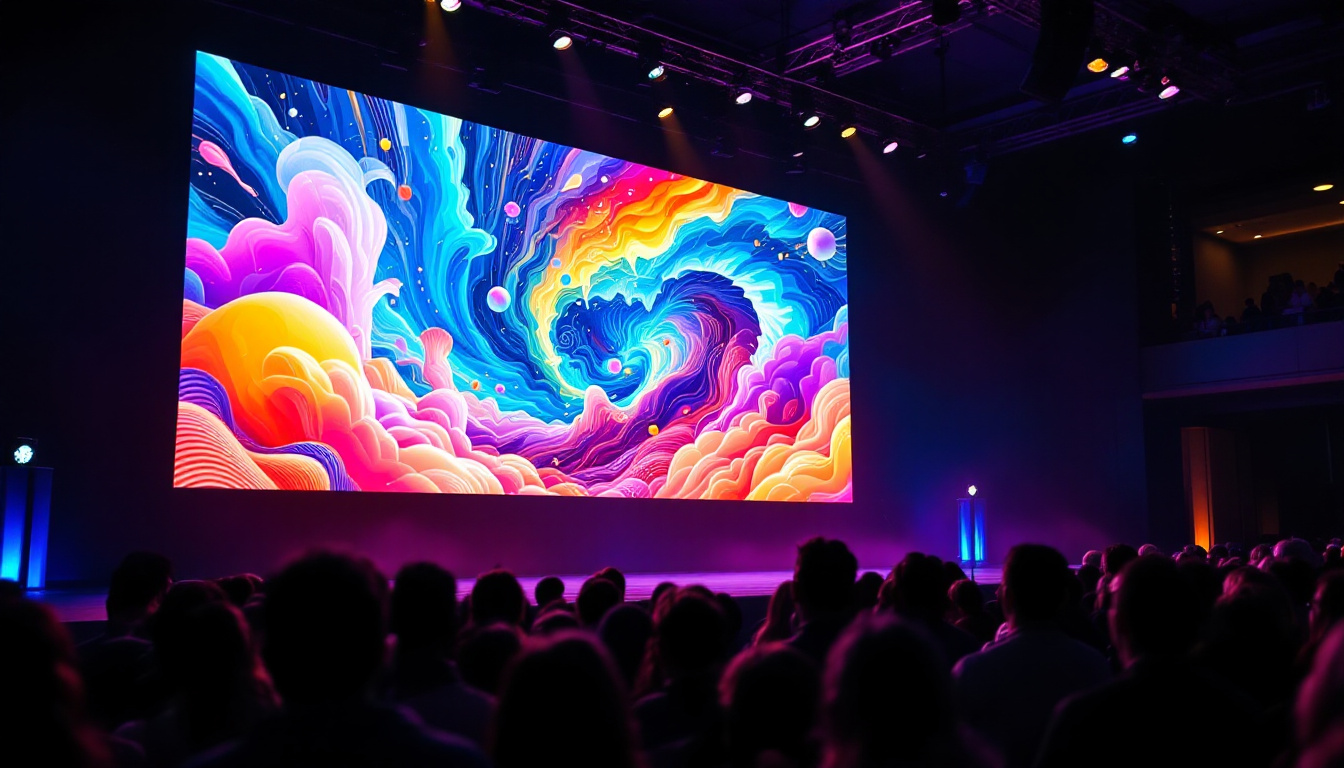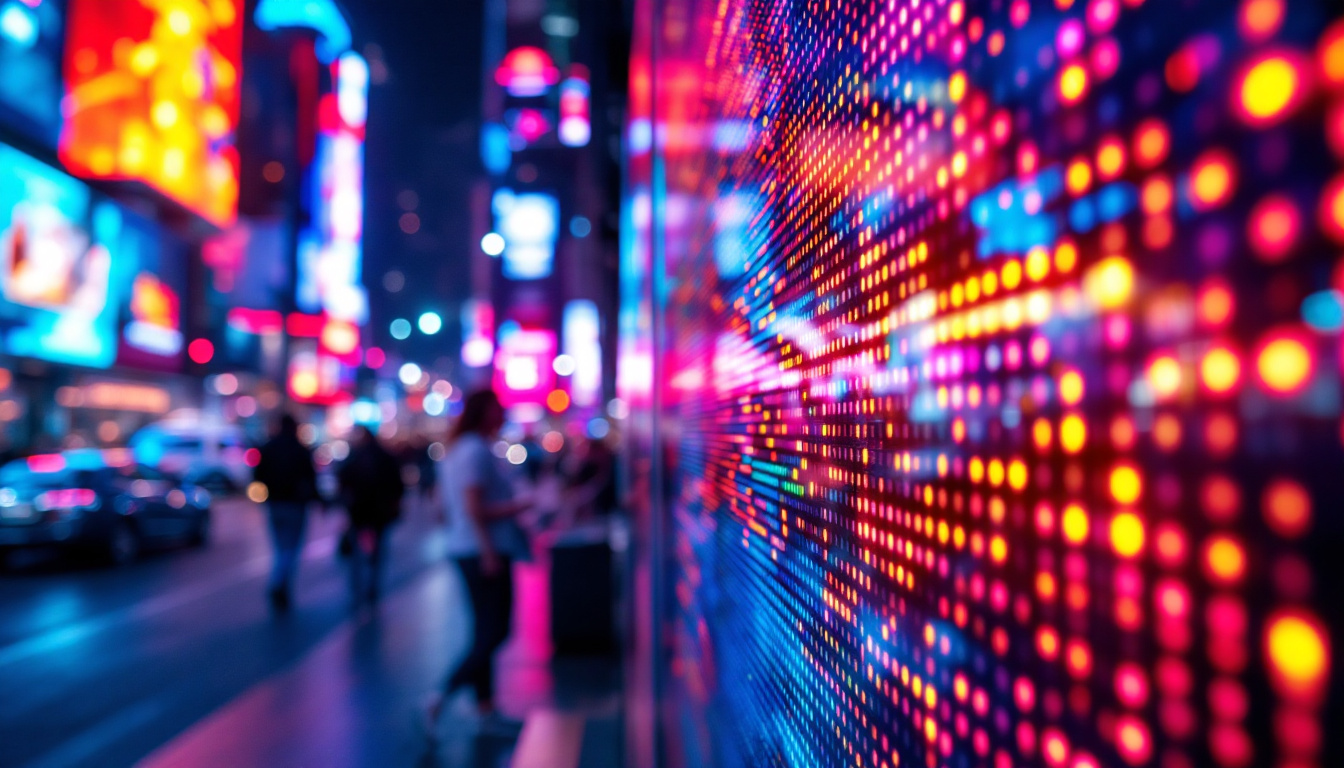In the ever-evolving landscape of technology, LED displays have carved a significant niche, transforming the way businesses communicate and engage with their audiences. As companies like Planhat continue to innovate, understanding the intricacies of LED displays becomes essential for those pursuing careers in tech and marketing. This article delves into the world of LED displays, their applications, benefits, and the career opportunities they present within the context of Planhat.
Understanding LED Displays
LED (Light Emitting Diode) displays are a type of flat panel display technology that utilizes LEDs to produce images. Unlike traditional LCDs, which rely on backlighting, LED displays generate light directly from the diodes, offering several advantages in terms of brightness, color accuracy, and energy efficiency. This innovative technology has revolutionized the way we experience visual content, from everyday television viewing to large-scale advertising in urban environments.
How LED Displays Work
At the core of an LED display are tiny semiconductor devices that emit light when an electric current passes through them. These diodes can be arranged in various configurations, allowing for the creation of vibrant and dynamic visuals. The technology used in LED displays can be categorized into two main types: direct view and backlit. Direct view LED displays consist of individual LEDs that form the entire screen, while backlit LED displays use LEDs to illuminate an LCD panel from behind. This distinction is crucial, as it affects not only the display’s performance but also its application in different settings.
One of the key features of LED displays is their ability to produce a wide color gamut and high contrast ratios. This is achieved through the use of red, green, and blue (RGB) diodes, which can blend together to create a vast array of colors. Additionally, LED displays can achieve higher brightness levels compared to traditional displays, making them ideal for outdoor and well-lit environments. The rapid response time of LEDs also contributes to smoother motion rendering, which is particularly beneficial for fast-paced video content, enhancing the overall viewing experience.
Types of LED Displays
There are several types of LED displays, each catering to different applications and environments. Some of the most common types include:
- Indoor LED Displays: These displays are designed for use in controlled environments such as shopping malls, airports, and conference centers. They typically feature high resolution and vibrant colors, making them suitable for advertising and information dissemination. Their ability to display intricate graphics and videos makes them a popular choice for digital signage and event presentations.
- Outdoor LED Displays: Built to withstand the elements, outdoor LED displays are used for billboards, stadiums, and public events. They are engineered to be highly visible in bright sunlight and are often equipped with protective casings. These displays not only serve as advertising platforms but also as vital information sources during emergencies, showcasing real-time updates and alerts to the public.
- Transparent LED Displays: This innovative technology allows for the creation of see-through screens that can be integrated into windows or glass surfaces. They offer unique advertising opportunities without obstructing visibility. Retailers, for instance, can use transparent displays to showcase products while still allowing natural light to enter their stores, creating an inviting atmosphere.
Another emerging type of LED display is the flexible LED screen, which can be bent or shaped to fit various surfaces and structures. This adaptability opens up new possibilities for creative installations in art, architecture, and advertising. Flexible displays can be used to create immersive environments that engage audiences in ways traditional displays cannot, further pushing the boundaries of visual technology.
Moreover, advancements in LED technology continue to enhance the performance and capabilities of these displays. Innovations such as microLED and miniLED are paving the way for even smaller, more efficient diodes that can deliver higher resolutions and improved energy consumption. These developments not only promise better picture quality but also contribute to sustainability efforts in the tech industry, as they reduce waste and energy usage over time.
Applications of LED Displays
The versatility of LED displays has led to their widespread adoption across various industries. From retail to entertainment, these displays serve multiple purposes, enhancing user experience and engagement.
Advertising and Marketing
In the realm of advertising, LED displays have revolutionized the way brands connect with consumers. Their ability to showcase dynamic content, such as videos and animations, captures attention more effectively than static billboards. Retailers use LED displays to promote products, announce sales, and create immersive shopping experiences.
Moreover, with the integration of smart technology, advertisers can tailor content based on real-time data, such as customer demographics and weather conditions. This level of customization enhances the relevance of advertisements, leading to higher engagement rates and improved ROI.
Entertainment and Events
LED displays are a staple in the entertainment industry, used in concerts, festivals, and sporting events. Large-scale LED screens provide audiences with clear visuals, enhancing the overall experience. They are often used for live broadcasts, allowing viewers to see close-up details of performances or games from a distance.
In addition to traditional events, LED displays have found their way into immersive experiences such as virtual reality (VR) and augmented reality (AR). These technologies rely on high-quality visuals to create engaging environments, making LED displays an integral part of modern entertainment.
Information Dissemination
LED displays are also employed in public spaces for information dissemination. Airports, train stations, and bus terminals utilize LED screens to display real-time updates on schedules, delays, and other important announcements. Their visibility and clarity ensure that travelers receive timely information, contributing to smoother operations.
Furthermore, educational institutions have begun incorporating LED displays into classrooms and lecture halls. These screens facilitate interactive learning and presentations, making educational content more accessible and engaging for students.
Benefits of LED Displays
The advantages of LED displays extend beyond their visual appeal. They offer a range of benefits that make them a preferred choice for businesses and organizations.
Energy Efficiency
One of the most significant benefits of LED technology is its energy efficiency. LED displays consume less power compared to traditional display technologies, leading to reduced energy costs for businesses. This efficiency not only contributes to lower operational expenses but also aligns with sustainability goals, making LED displays an environmentally friendly option.
Longevity and Durability
LED displays are known for their longevity and durability. With a lifespan of up to 100,000 hours, they require less frequent replacements than other display technologies. This longevity translates to cost savings over time, as businesses can invest in LED displays with confidence, knowing they will last for years with minimal maintenance.
High Brightness and Visibility
LED displays excel in brightness and visibility, making them suitable for various lighting conditions. Whether in a dimly lit room or direct sunlight, LED displays maintain their clarity and vibrancy. This adaptability is particularly beneficial for outdoor applications, where visibility is crucial for effective communication.
Careers in LED Display Technology
The growing demand for LED displays has created a wealth of career opportunities in this field. As companies like Planhat expand their offerings, professionals with expertise in LED technology are increasingly sought after.
Engineering and Design Roles
Engineers and designers play a pivotal role in the development of LED display technology. These professionals are responsible for creating innovative designs that enhance performance and aesthetics. Roles may include electrical engineers, software developers, and product designers, all working collaboratively to push the boundaries of what LED displays can achieve.
In addition to technical skills, creativity is essential in this field. Designing visually appealing displays that capture attention requires a keen understanding of color theory, user experience, and market trends.
Sales and Marketing Positions
The success of LED displays in the market relies heavily on effective sales and marketing strategies. Professionals in this area are tasked with promoting products, building relationships with clients, and understanding market needs. Sales representatives and marketing specialists must be well-versed in the features and benefits of LED technology to effectively communicate its value to potential customers.
Furthermore, as digital marketing continues to evolve, professionals who can leverage data analytics and digital strategies will be at a distinct advantage in promoting LED displays.
Installation and Maintenance Technicians
With the installation of LED displays comes the need for skilled technicians who can ensure proper setup and maintenance. These professionals are responsible for the physical installation of displays, troubleshooting issues, and performing routine maintenance to keep systems running smoothly.
Technicians must possess a strong understanding of electrical systems and display technology. As LED displays become more sophisticated, ongoing training and education will be crucial for those in this field to stay updated on the latest advancements.
The Future of LED Displays
The future of LED displays looks promising, with continuous advancements in technology driving innovation. Emerging trends such as flexible displays, interactive screens, and integration with IoT (Internet of Things) are set to redefine the landscape.
Flexible and Curved Displays
Flexible LED displays are gaining traction, allowing for creative applications that were once thought impossible. These displays can be bent or shaped to fit various surfaces, opening new avenues for advertising and design. From curved billboards to immersive installations, the possibilities are limitless.
Integration with Smart Technology
As smart technology becomes more prevalent, LED displays are increasingly being integrated with IoT devices. This integration allows for real-time data sharing and interaction, creating dynamic experiences for users. For instance, smart LED displays can adjust their content based on audience engagement or environmental factors, enhancing their effectiveness.
Enhanced Interactivity
The demand for interactive displays is on the rise, particularly in retail and entertainment settings. Future LED displays are expected to incorporate touch and gesture recognition, enabling users to engage with content in new and exciting ways. This interactivity not only enhances user experience but also provides valuable data for businesses to refine their strategies.
Conclusion
As the world becomes increasingly visual, LED displays are poised to play a central role in communication, marketing, and entertainment. Understanding the technology behind these displays, their applications, and the career opportunities they present is essential for those looking to thrive in this dynamic field.
For individuals passionate about technology and innovation, a career in LED display technology offers a pathway to contribute to a rapidly evolving industry. With the right skills and knowledge, professionals can find rewarding opportunities in engineering, sales, marketing, and installation, all while being part of a transformative movement in visual communication.
As companies like Planhat continue to lead the charge in LED display technology, the future looks bright for those willing to embrace the challenges and opportunities that lie ahead.
Discover Cutting-Edge LED Display Solutions
Are you inspired to be at the forefront of visual technology innovation? LumenMatrix is your gateway to a world of unparalleled LED display solutions. From captivating Indoor LED Wall Displays to dynamic Outdoor LED Wall Displays, and from versatile Vehicle LED Displays to engaging LED Sports Displays, LumenMatrix offers a comprehensive range of products designed to revolutionize visual communication. Embrace the opportunity to create immersive visual experiences with our Custom LED Displays, All-in-One LED Displays, and LED Transparent Displays. Don’t just share your message—make it resonate with clarity and impact. Check out LumenMatrix LED Display Solutions today and see how we can illuminate your brand’s potential.

